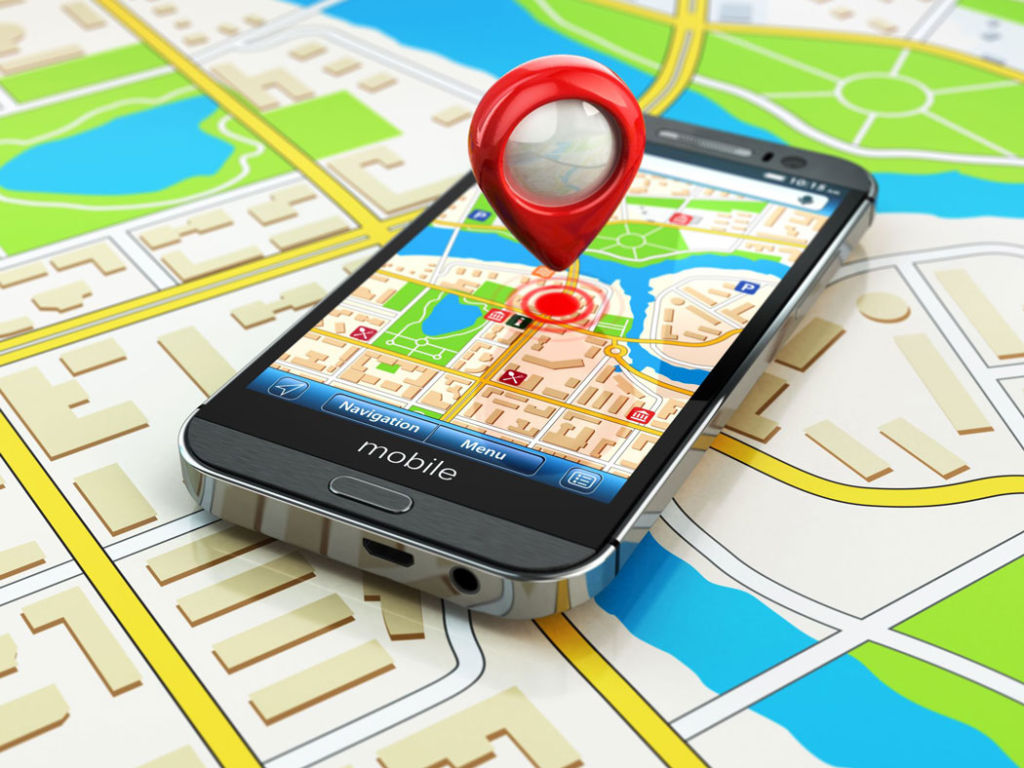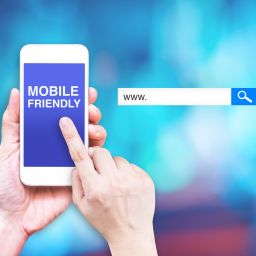Last Updated on diciembre 28, 2020 by anytimedigital

Mobile devices are very much a part of our daily lives these days. There isn’t a single minute where someone is pulling out their phone or tablet to browse the internet or check their mail. In fact, over 60% of consumers look for local information on their mobile devices. Now as a business owner, doesn’t tapping into that market sound lucrative? With our last blog detailing the basics on geotargeting, the next topic to discuss is geofencing. Geofencing is another location-based marketing strategy that, in short, creates a virtual barrier using the user’s IP address to pinpoint the location and show the user ads when they cross the barrier. This marketing strategy has been around for a few years now. But just in case you haven’t heard of it, we’re going to get into the basics and how it can help your business to gain new customers and grow.
Understanding Geofencing
In order to successfully incorporate geofencing into your business’s marketing strategy, you need to have a basic understanding of its ins and outs. Geofencing utilizes GPS or radio frequency identification (RFID) to locate a geographical boundary. Once it has located the boundary it establishes a virtual barrier that you can use to trigger text alerts, emails, etc. that advertise your business to the user’s mobile device once it enters or exists the barrier.
Geofencing doesn’t have to specifically be used on mobile devices. You can easily establish a campaign through desktops. This can help your business because there might not be enough scale to do a mobile geofencing campaign as people aren’t on their phones long enough within the geofence area.
How Can Geofencing Help?
Now as for exactly how geofencing can help you, its rather simple. It is a way to engage consumers based on hyper-local location. This allows you to gain a greater understanding of user shopping habits or triggering immediate sales. For example, if a customer crosses the barrier that your geofence set up, it may make them shop at your business versus a rival down the street who isn’t taking advantage of geofencing. Even if you don’t get an immediate sale, you know where that customer came from and can use data like that to refine targeting efforts.
General Tips
One of the biggest tips for using geofencing is to keep your barrier small and localized. Studies have shown that it is more advantageous to your business to keep your network very localized. In fact, the general rule is a four-to-five-minute travel radius. It doesn’t matter if it’s by walking or driving, the four-to-five rule is the golden standard.
Geofencing is a powerful marketing tool that can help your business to reach new customers. If you haven’t applied geofencing to your business’s publicidad digital strategy, it is definitely something you want to invest in.














